NSTA Conference- Baltimore
This year I was given the chance to attend the National Science Teachers Association Conference in Baltimore. I decided to take “notes” and document my days via a blog post.
Thursday- Day 1
Hurricanes, Earthquakes, and Volcanoes Are Now Online!
Sponsored Session from Simulation Curriculum
- This company creates online interactive lessons. They offer “turn key” learning experiences.
- The company sells this software on DVDs as a one time purchase or as a subscription to online software.
- Online version allows for constant upgrades from the company.
- OS version gets incremental mid point updates.
- Online version “integrates” with Google Classroom.
- Never heard details about this
- Even the OS version needs an Internet connection.
- Every module is sold separately:
- Starry Night (different levels)
- Geology
- Meteorology
- Layered Earth, etc
- Each module has multiple lessons in it.
- Lesson include key concepts, instruction, and assessments.
Not a huge fan of this product. I don’t know how this stacks up versus other Earth Science technology but the UI feels a few years old. The internet went down during the session and the presenter had to resort to screenshots so maybe there is something I missed because of that.
Very often the experience I saw was a text dense panel on the left third of the screen with a Google Earth iframe on the right two thirds. Not sure why you would buy this…
Zombie Apocalypse!
Sponsored by Texas Instruments
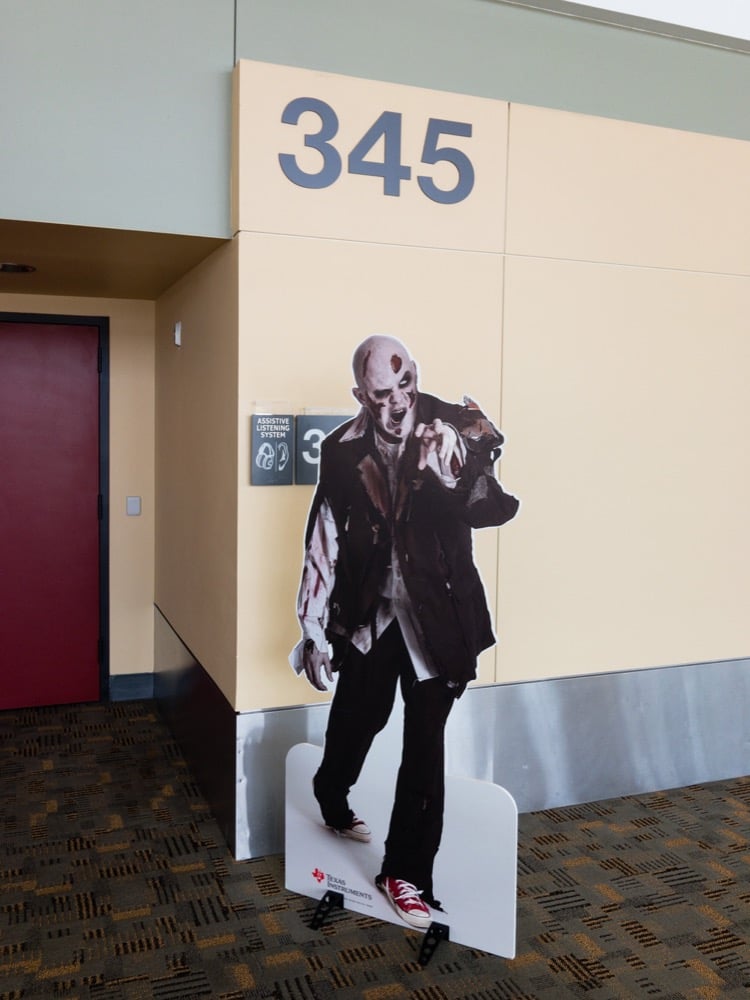
The presenter is advocating for using science to collect data that you then process with mathematics. I agree with the idea but then he said that other technology (iPads, Chromebooks, or laptops) is inferior to a graphic calculator… we do not see eye to eye on this.
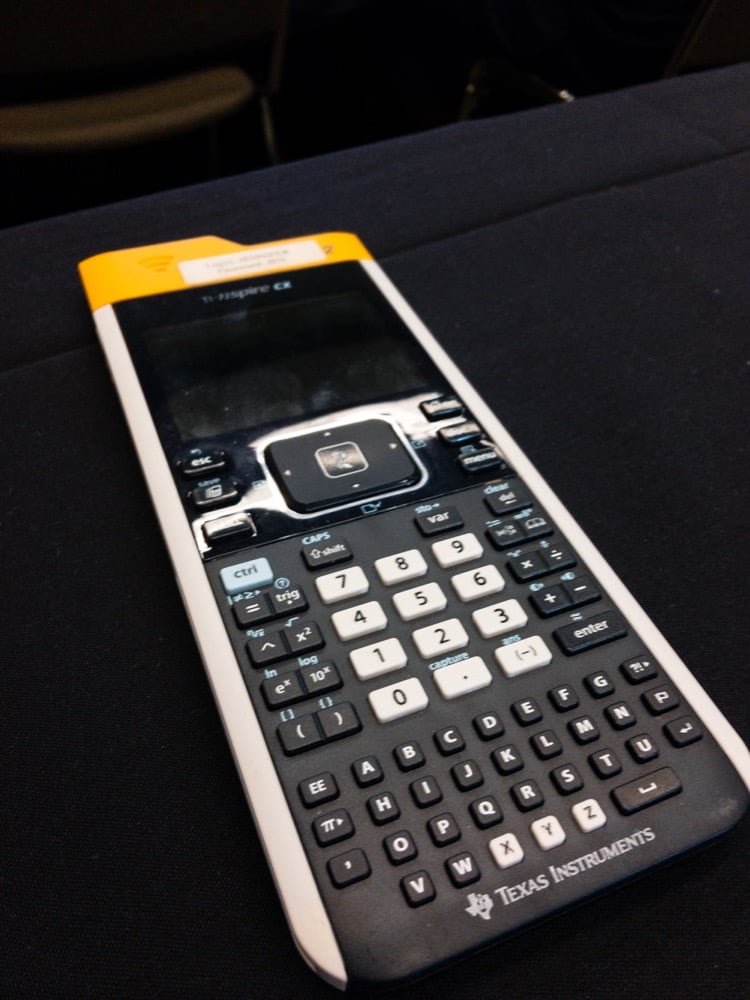
Cool resource developed by Texas Instruments: STEM Behind Hollywood This session was walking through one of their most popular activities from here.
The lesson itself was not a powerful learning experience for neurobiology or epidemiology. It was certainly positive but I will not work to incorporate it in my class because this would be a step back for my class. I could have kids do this faster and for free via Google Sheets.
I will be sharing this with the math department and I see these STEM in Hollywood activities being something that would be a nice science infusion into a math class.
College Science Teaching and Student Success
This session was very different from the rest that I attended today. I was hoping that this would be a session that would let me get a sense of what I could do as a high school teacher to better prepare students for the rigors of college science.
What I got was a group discussion between 7 people (including myself) about the importance of mathematical understanding to a student’s success in college science. The two college professors that were in the session (a physicist and a biologist) both bemoaned student’s lack of ability to apply mathematical understanding to science. They indicated that students could compute just fine, but often didn’t understand what the answers meant.
Once we were all on the same page the discussion turned to why this was the case. At this point I could have closed my eyes and been sitting in the faculty lounge at my school. These people from across the country had the same issues and complaints as each other and all the teachers I talk to in Harford County.
In the end, I shared my passion for “The Two Sigma Problem”, mastery learning, and gamification as a solution to their problems. The group was very interested in how this paradigm shift could address the issues they face.
Friday- Day 2
Creating an Understanding-Based Curriculum for the Next Generation Science Standards
I never learned about Understanding by Design in my formal pedagogical education, my university was very much focused on multiple intelligences and learning styles. My mother was an educator/administrator and she gave me the 2nd edition of Understanding by Design when I graduated from undergrad. UbD made so much sense to me that I was frustrated to not have experienced it formally. Today I get a taste of that. Needless to say, I am very excited about this session.
- Jay is a big fan of NGSS, he says it is the strongest framework/curriculum of the national core subjects.
- Understanding and transferring information is more important than ever in the age of Google.
- How do you determine what is most important to understand?
- A viable curriculum is the #1 school-level factor impacting student achievement.
- Standards are not a curriculum
- Backward Design (dates back to the 1940’s)
- Identify desired results
- Set goals
- Determine acceptable evidence
- Prove success
- Plan learning experiences and instruction
- Final step is planning instruction
- Identify desired results
- New Template Item on Top- Transfer
- These are similar to standards.
- They are long-term performance goals.
- Established Goals are now on the left and go from top to bottom of the template.
- Key Point- You don’t need to know the parts of a car to know how to drive the car.
- Think of assessment as a photo album
- Each assessment is a photo
- Some photos are wide angle, some are macro, etc
- Each assessment is a photo
- What is Understanding?
- Application of learning to a new thing
- Creating, predicting, etc
- Explain learning
- Teach someone, justify, etc
- Application of learning to a new thing
- Understanding must be earned in the mind of the learner.
- Viable Curriculum
- Must be feasible in the time available
- Driven by a small set of Long-Term Transfer Goals that are decided by vertical teams.
- These should be performance based
- Think about designing curriculum as coaching a sport
- A lot of teachers are good at teaching the players “the playbook”= teaching facts.
- Many teachers do not “win the game” = their students do not have the ability to transfer learning.
- Every subject matter has two strands of Essential Questions
- Process Knowledge- NGSS Practices
- Content Knowledge- NGSS Cross-Cutting Concepts
- Use the Matrix Method to make sure you build a complete learning experience for your kids
- Cross-Cutting Concepts vertical axis
- Practices on horizontal axis
- Eventually, your curriculum should build “cornerstone tasks”
- “Playing the game”
- Toddler Tee ball to MLB
- LDC.org
- Helpful resources to develop literacy.
I am fired up!
STEM Leaders in Action: The Albert Einstein Distinguished Educator Fellowship (AEF) Program
- This is an eleven-month program in Washington DC.
- There is a large element of self-direction for each fellow.
- $7,500 a month stipend.
- $5,000 travel allowance.
- $1,000 education allowance.
- Program has existed for 27 years
- There is a large network of supportive alumni.
- Current Fellows
- They are placed in NASA, NSF, Congress.
- There was a panel of 10 fellows who spoke highly of their experiences.
- They kept speaking of “the transition”.
- Transition from school to DC and from DC to school
- They kept speaking of “the transition”.
Engaging Students in a Blended and Online Environment
This is a presentation from 21st Century Cyber Charter Schools
- This guy needed help swapping displays of his PowerPoint… hopes not high…
- This school apparently did not think very hard about their infrastructure.
- They are just figuring out now that they need to control the order of the content that students access. Students can just pick and choose what assignments they do without any order…
- They are using Moodle for their LMS.
- The summary of a student experience at this school is a bad Moodle set up with Google Hangouts. This is a $20,000,000 a year business…
Saturday- Day 3
Using Case Studies in the High School Science Classroom
- Case studies are common practice in many advanced areas (MBA programs, Law, Medical School, etc)
- She is talking about flipping her classroom, she thinks this is impressive…
- 55% of the way through the talk and she had not shared a case study or explained how to use them. She has said she uses them but that’s it
- 66% of the way through and she tries to pull up a case study, no internet…
- Resources
- University of Buffalo- National Center for Teaching with Case Studies
- Behind a paywall so hard for kids to cheat
- University of Georgia- Cogent Education
- Interactive case studies
- University of Buffalo- National Center for Teaching with Case Studies
Creating 21st-Century Science Students
Private school from Massachusetts who rewrote their curriculum
- Write their curriculum using NGSS and backward mapping based on the needs of their high school teachers.
- As they were writing their curriculum they focused on skills with content being secondary.
- One of the only good presentations I have seen at this conference
- They are prepared and have something worth talking about!
- 7th Grade- How to think like a scientist
- Skills
- How to ask scientific questions
- How to work with data
- How to understand graphs
- How to use technology in science
- How to deal with information bais
- How to form conclusions from data
- Content
- Earth Science and Environmental Science
- Skills
- 8th Grade
- Two tracks- based on skill attainment not grade
- Holistic levels based on grades, skills, 21-century skills
- Regular track- gets more scaffolding to make sure kids have the skills to be a scientific thinker by 9th grade
- Advanced track- gets more freedom to advance scientific skills
- 3 Units
- Rocketry
- Robotics
- Human Body
- Designed to teach collaboration and resiliency
- Unit capstones are project-based learning challenges
- Two tracks- based on skill attainment not grade
- These students are better at high school than their predecessors
- 90 percent of the students from this cohort got a 3 or higher on AP Physics as 9th graders…
- These students self-started an Open Lab club where kids could do more of this type of challenges.
Summary of My Experience
I am pleased that I came to this conference. Not only did I like the change of pace from my day to day life (Shake Shack for lunch every day!), but it was also a helpful perspective update.
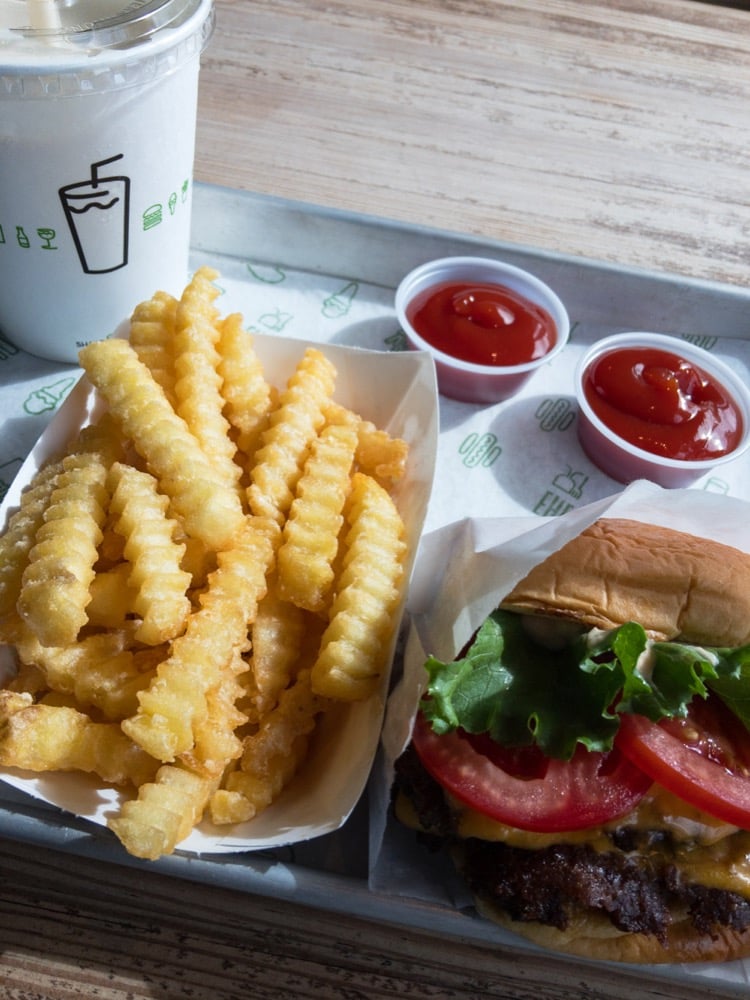
I am always aware of how awesome my job is and that my current position is perfect for me, but this conference just gave a healthy set of data in support of that belief. I will always be grateful to the people who helped me get this job.
This experience was also a confidence boost. I am always proud of what my students and I do in the classroom. However, the competitive side of me can never shake the idea that someone out there is doing a better job at preparing kids for the future than I am. That voice is always there and keeps me innovating and working harder. That voice was silent for the past 3 days!
Hearing what people were touting as their greatest accomplishment (like using a flipped classroom model) and knowing that we did that years ago and kept advancing, was affirming. This realization won’t slow me down, but it was nice to know that my kids are going to be competitive in the workforce.
I am excited also by the fact that there were a few presenters who “got it” and were doing good advanced work too. For instance, it was cool to see the teachers from Massachusetts have the courage to build a real 21st-century science curriculum from the ground up.
I am eager to work harder for my kids and I am looking forward to my time later this month in Orlando for the 2017 PLTW Summit.
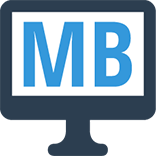
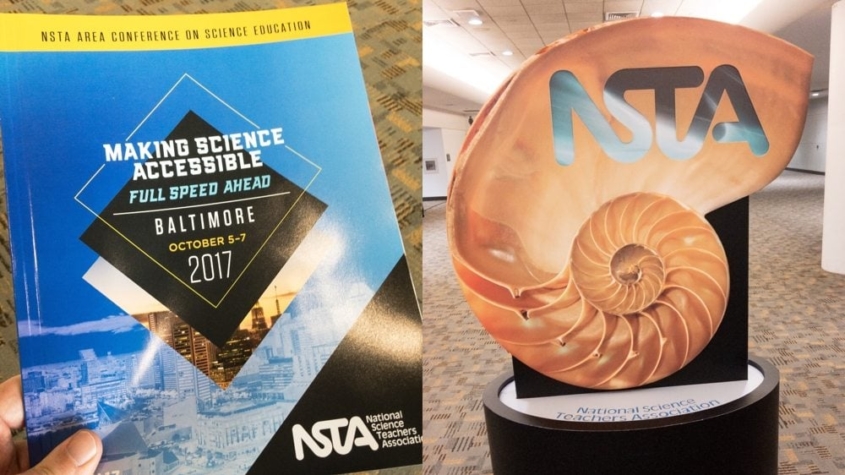

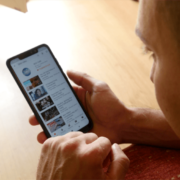

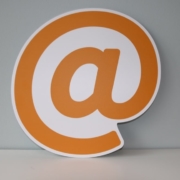

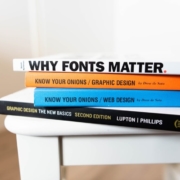




Leave a Reply
Want to join the discussion?Feel free to contribute!